Overview
Global ESG bond scale is smaller than ESG securities. ESG bond investors pay more attention to whether the issuer can repay the borrowings, while ESG securities investors value the future growth ability of investees. In terms of engagement, ESG bonds do not have voting rights and have weaker impacts than securities.
Whether they are green bonds, sustainable bonds or sustainability-linked bonds, they must comply with the ESG framework in terms of classification, issuance and disclosure. The International Capital Market Association has proposed a variety of ESG bond standards, and various jurisdictions are also forming their standards.
ESG Bonds Classifications
There is no universal classification method for ESG bonds. Common ESG bonds include green bonds, social bonds, transition bonds, blue bonds, sustainable development bonds, and sustainable development linked bonds.
Green bonds have the highest proportion in ESG bonds, and common green bonds include Use of Proceeds bonds, Use of Proceeds Revenue bonds, project bonds, securitization bonds, etc.
ESG Bonds Regulations
The biggest feature of ESG bonds compared to conventional bonds is that the issuer needs to disclose the purpose of the funds for investors to determine whether the bonds meet greenwashing.
Global regulators are formulating policies for the fundraising, issuance, and information disclosure processes of ESG bonds, among which the EU green bond regulation is relatively mature.

European Securities and Markets Authority Releases Consultation Paper on European Green Bond Regulation
The European Securities and Markets Authority releases consultation paper on European Green Bond Regulation

Canada Issues World’s First Green Bond to Include Nuclear Energy
Canada has successfully issued its second green bond, which is also the world’s first green bond to include nuclear energy
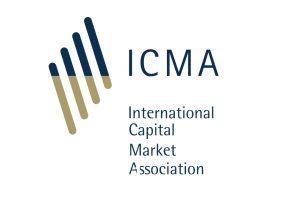
International Capital Market Association Releases Report on Transition Finance in Bond Market
The International Capital Market Association releases a report on transition finance in bond market
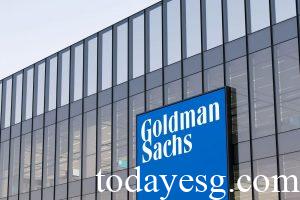
Goldman Sachs Asset Management Launches World’s First Green Bond ETF
Goldman Sachs Asset Management launches the world’s first green bond ETF
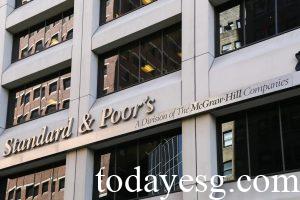
S&P Releases Global Sustainable Bond Report
S&P releases the global sustainable bond report, which provides an outlook for GSSSB bonds

Hong Kong Issues the World’s First Multi-Currency Digital Green Bonds
The Hong Kong Monetary Authority (HKMA) announces the issuance of two-year multi-currency digital green bonds
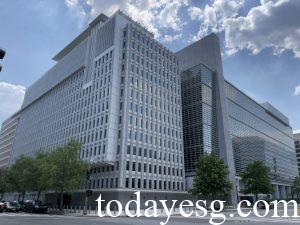
World Bank Launches World’s First Plastic Waste Reduction-Linked Bond
The World Bank releases the world’s first Plastic Waste Reduction-Linked Bond
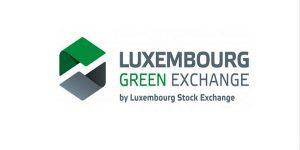
Introduction to Luxembourg Green Exchange
The Luxembourg Green Exchange was established by the Luxembourg Stock Exchange
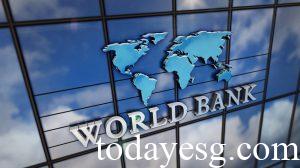
World Bank’s Issuance Volume Based on Sustainable Bond Framework Hits Record
The World Bank has issued a record number of sustainable bonds in a week, with different currencies
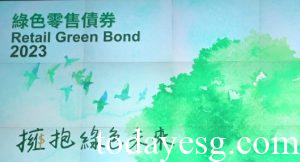
Hong Kong Plans to Issue Retail Green Bond
The Hong Kong government plans to issue its first retail green bond this year
